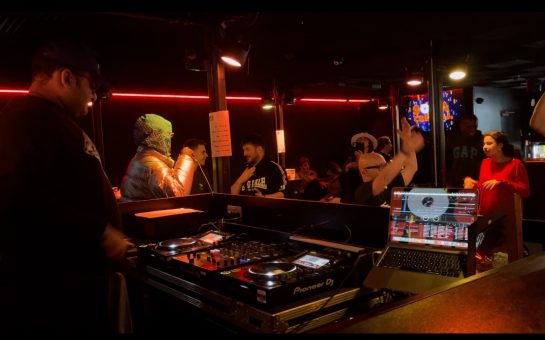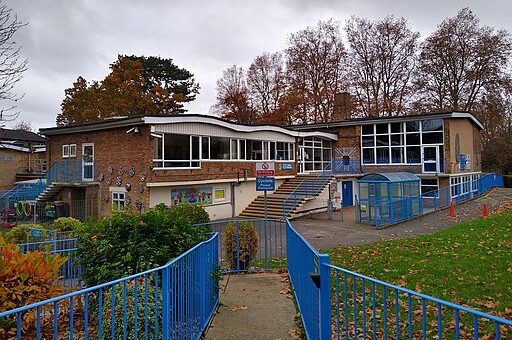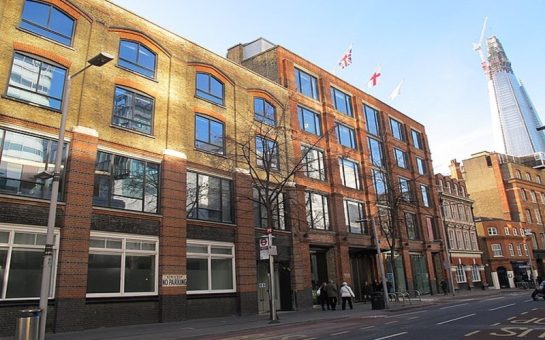The breakdown of results from the recent Croydon mayoral referendum shows a worrying picture for the existing Labour administration.
At least 70% of voters in every Croydon ward voted in favour of changing to a directly-elected mayor system in October’s referendum.
Voters opted for the new system by four to one and new data has shown the extent to which voters in each ward supported the change.
Support followed a common geographical trend in Croydon, with voters in the north of the borough least supportive of the change and those in the south registering the biggest support for the change.
Voters in Sanderstead ward voted in the highest number for the change, with 91% of voters in favour.
In contrast, the 70.7% of voters in Norbury & Pollards Hill who supported the change were the lowest in the borough, followed closely by Crystal Palace & Upper Norwood and Thornton Heath wards, where 70.69% and 70.7% of voters were in favour of the change.
The result had caused concern for the Labour Party in Croydon, as they had campaigned against the change and the result was seen by many as a rebuke of the current Labour leadership.
However, the breakdown of the vote by ward could provide some solace to the Labour group, many of whom are nervously looking towards the local elections in May 2022, when the new Mayor will be elected alongside every council seat being up for re-election.
The referendum result strongly mirrors the geographical divide in Croydon, in which the north of the Borough is more supportive of Labour while the south leans more towards the Conservatives.
This is currently borne out in Croydon’s parliamentary representation.
Croydon North and Croydon Central seats are both held by Labour, represented by Steve Reed and Sarah Jones respectively, while Croydon South is a relatively safe Conservative seat, currently represented by Chris Philp.
Similarly, voting behaviour in the referendum has a similar distribution to that in the 2018 local council elections, where support for Labour was largely concentrated in the north and for the Conservatives in the south.
This could suggest that the referendum is not as worrying for Labour as was initially thought, with the ward breakdown demonstrating that the referendum result was still somewhat reflective of the traditional political lines of Croydon.
Councillor Jamie Audsley, who announced he was running to be Labour’s mayoral candidate last week, was defiant that Labour still have a good chance in 2022.
He said: “I campaigned for a Labour Mayor. I believe with a fresh start and new ideas for our borough, Labour can and will win in 2022.”
Moreover, turnout in the referendum was higher in the south of the borough, at times double that of the turnout in some boroughs in the north which goes some way to explain the heavy margin of victory for the pro-mayoral campaign.
It should be noted that postal votes, which made up a greater proportion of votes counted than at previous elections, were not counted by specific ward and thus the ward breakdowns are not a definitive record of ward voting but are a strong indication.
This places question marks over the idea that this referendum was a sign that voters were beginning to turn against Labour after a turbulent year for the Labour-led council, which included the council being declared bankrupt and the subsequent resignation of the council leader, Tony Newman.
Yet the result is far from comforting for Labour either as they look ahead to May’s elections.
Despite the results broadly reflecting wider voting trends in the borough, it will be of concern that the lowest level of support in any ward was as high as 70%, potentially implying a failure for Labour’s anti-mayoral campaign to cut through to voters.
Further, the referendum results will do little to assuage worries sparked by by-election results in May 2021 in which Labour saw significant swings against them in Woodside, New Addington North, and South Norwood with a large number of these votes being picked up by the Conservatives.
All three wards are traditionally Labour strongholds but such swings against the party last May could be a taster for what is to come in May 2022 as the party faces the polls en masse for the first time since bankruptcy.
The party will also have to contend with trying to win the new mayoral race, a position it campaigned against existing, which may make the task even trickier.
The race to become Labour’s mayoral candidate has begun as nominations close on 12 November, while the Conservatives have selected their candidate, current Leader of the Opposition Jason Perry.
Local elections will take place on 5 May 2022.




